
If you are looking to improve your content strategy, make it more dynamic as well as attract more loyal clients and subscribers, consider webinars.
Webinar Advantages In Content Strategy
Webinars are one of the most powerful marketing tools. Let’s discuss why you should include webinars in your content strategy and how to do it right.
Why do we suggest webinars? Let’s take a look at their perks.
1. Webinars help win clients’ trust. Webinars allow you to showcase yourself and your company not just as a service provider, but more as a partner. You engage in a dialogue, answer customer questions and share knowledge — basically, you cultivate relationships, which leads to the second point.
2. Webinars help get more leads. It always feels safer to make deals with someone you know. In addition, the more webinars you hold, the better you understand your clients, which makes it easier for you to build an effective content strategy.
3. Webinars are unique visual content. Everybody has been long hooked on video content. According to HubSpot Research, 53% of users prefer to obtain information in this very format. Webinars provide just that, without much effort on your part. With a little bit of editing, your webinar recording is sure to turn into an amazing video.
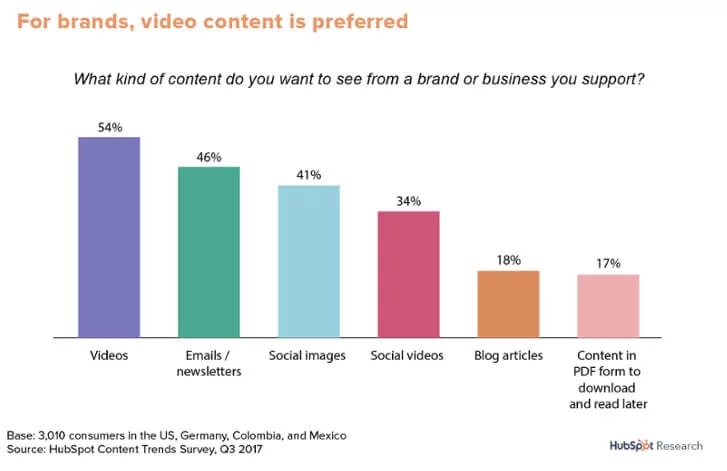
4. Webinars don’t cost much. You do not need a lot to launch a webinar: a webinar service, desktop computer or laptop, camera, headset, and a good internet connection will do the trick.
Let’s say you’ve already got a computer. A good webcam would cost about $20, headset — $30, a monthly internet cost can be as low as $10 and a webinar room for 150 seats should cost no more than $50. And don’t forget that these all are one-time expenses.
How to choose a webinar topic
This can be the easiest step for some. You may already have a bunch of interesting ideas and difficult questions on your mind, all waiting for an outlet. However, for many, this is one of the most difficult steps, as they need to pick a topic that would attract the biggest audience, without being overly vague.
Nobody likes webinars that talk about everything but say nothing. If you can’t seem to think of something worthwhile, these tools should help you get out of the rut:
1. Google Analytics statistics
If you have a blog, use Google Analytics to single out your most popular posts. In the left menu choose “Behavior” → “Site Content” → “All Pages.”
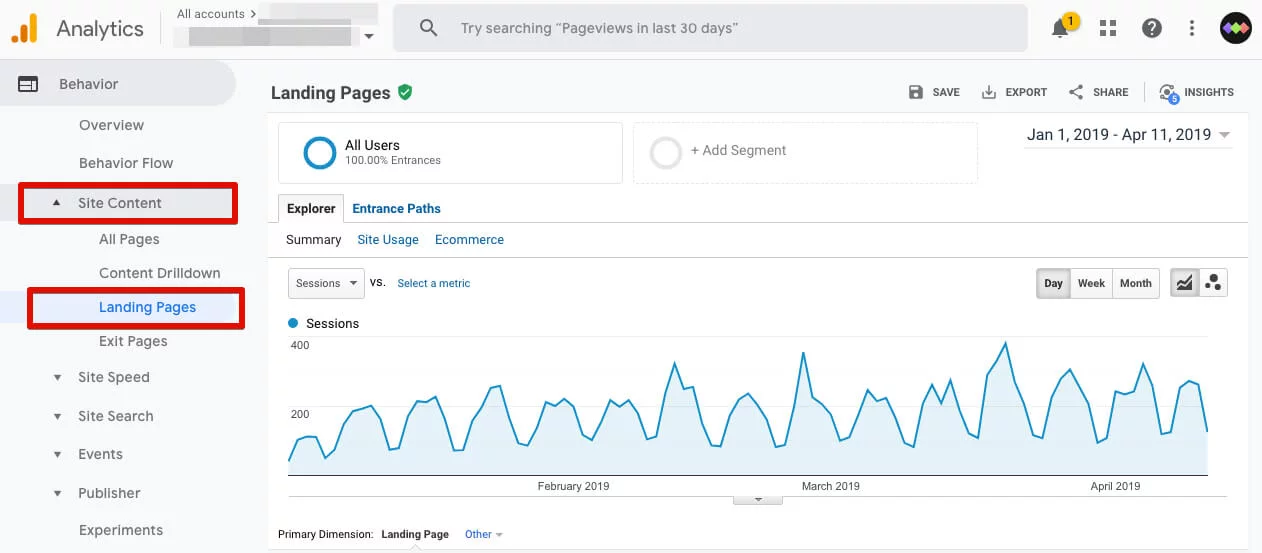
To filter website traffic by blog, type in “blog” in the search bar:
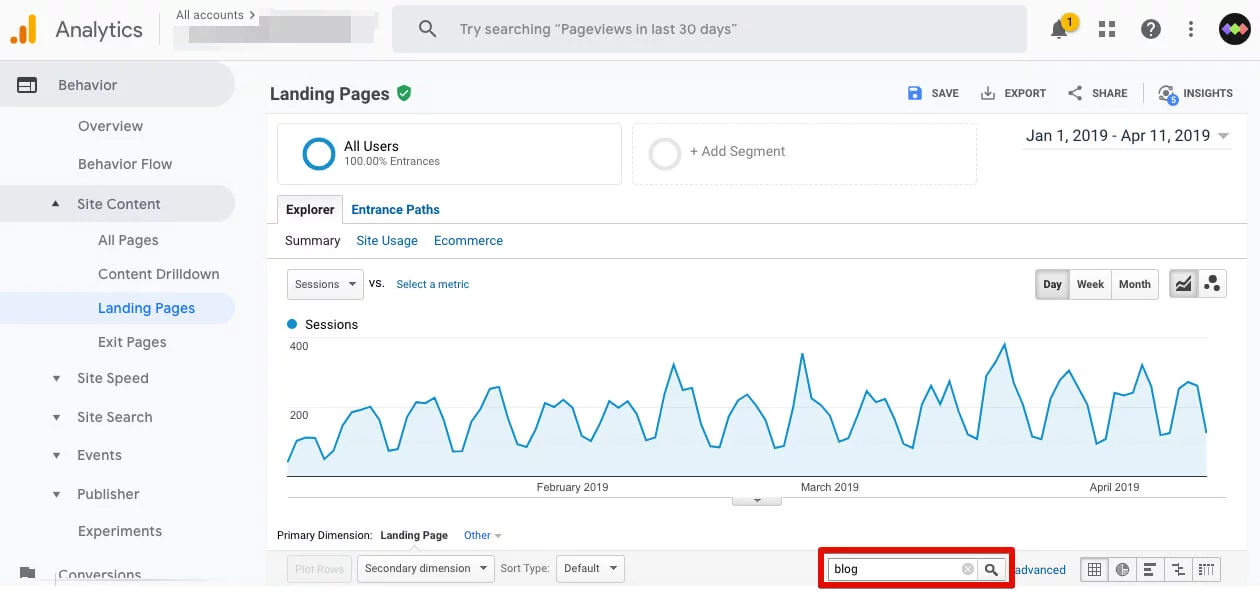
Specify the timeframe (such as a couple of months):

NB: the number of time users spend on your website blog is just as important as the number of visits. Articles with the most views usually point towards the popular topics, while the amount of time users spend reading shows how thought-out the material is.
2. Keywords in Google Ads
Use the Keyword Planner tool to gather the most popular keywords. To get the tool, all you need is a few minutes to set up a free account with Google Ads. As a reward for your efforts, you get to find out the detailed statistics of requests on your topic in the search engine.
The Keyword Planner is located in the “Tools”:
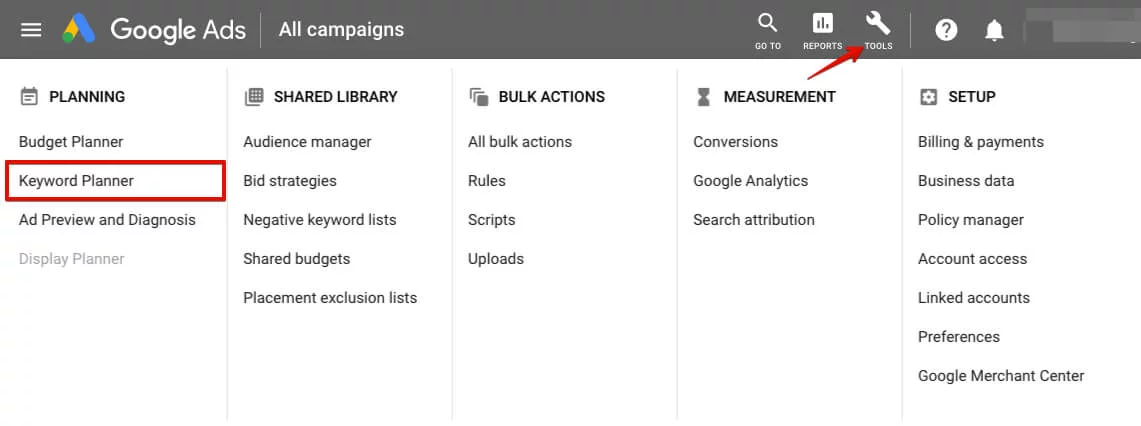
The Planner offers two options: “Find new keywords” and “Get search volume and forecasts.” With the former, you can find new keywords to attract more customers. Just enter words, phrases or links related to your webinar in the search bar:

Metrics and forecasts allow you to predict the popularity and effectiveness of keywords:

3. Talk to customer support
Nobody would know better what issues your customers face on a daily basis. So, make a list of questions and organize a small webinar for the “dedicated fans.” There you may address the most common problems and provide detailed answers as well as share more information about the advantages of your product or service.
4. Ask for advice
Launch a survey on social media or via email. Make sure your subscribers have a sufficient number of answer choices to pick from:
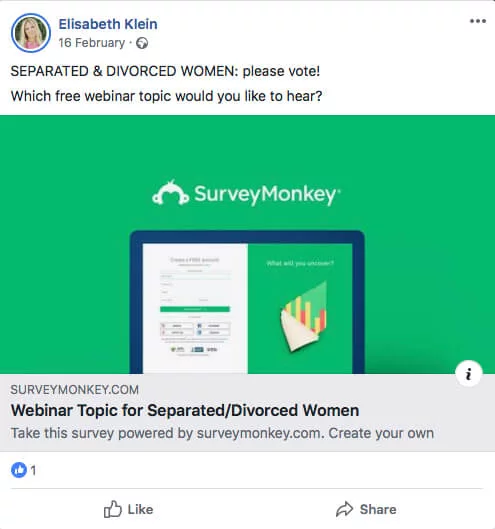
Write down all your ideas and re-read them later. Some of them will not look as good as the time goes by, and those left you’ll be able to examine more thoroughly by asking these simple questions:
- Would you be interested in such a webinar?
- What problems do your webinar solve?
- Would you like to hold such an event?
- Will it be useful for your company or brand?
How to Promote Webinars
A good topic is just a start; webinar success hinges heavily on the effective promotion.
Email marketing. Write a small, but compelling webinar invitation letter. Don’t fill it with too much information: include the overarching topic, the main discussion points, the speakers, the date and the registration button:

Website, blog, pop-up messages. Everyone who has a working website gets a few other ways to inform their customers about the upcoming webinar: it can be a news banner on the main page, a pop-up message or a blog article.
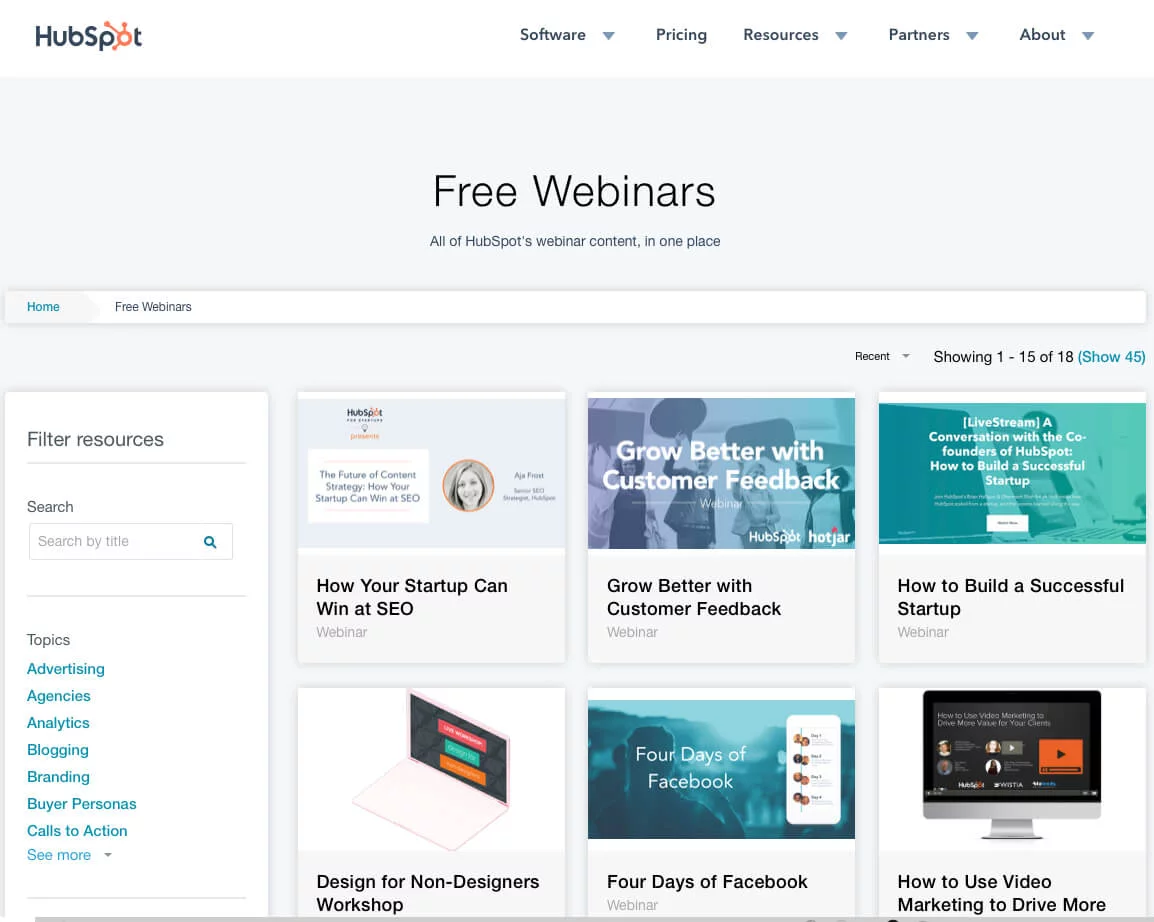
Social networks and messengers. These are cheap and effective platforms to promote your webinar, so if you do not have a strong social media presence, it’s time to change that.

Create an event page for your webinar and turn it into a hub: post regularly, launch discussions and hold contests for the participants.
Third-party platforms. Share information about your webinar on third-party platforms via guest posts and forums.
Paid advertising. Contextual advertising, retargeting, and Facebook ads are the go-to solution if you don’t have many subscribers or want to reach a wider audience.
People. For some reason, many forget about the good old word of mouth. But many people sign up for webinars because someone recommended it. So, don’t be a recluse and tell everyone about the event: your friends, colleagues, subscribers, even random acquaintances. Do not forget to ask them to repost or retweet and express gratitude if they do so. It works like magic.
If you plan a big event, make sure to use all possible ways of promotion.
How to Prepare Webinars for Content Strategy
There may be a lot of tips, and you should take all of them into account. Of course, the most crucial ones are focusing on the participants, writing and editing your script, rehearsing, and choosing a reliable webinar service.
1. Prepare the script
A script is necessary, even if there is not a single person on planet Earth who knows the topic as well as you do. The more you know, the higher the chance you may wander off the path and leave your audience confused rather than enlightened. Some need a concrete plan, and some — pre-written chunks of text with main theses.
Whatever your case, prepare the script in advance to avoid incoherent rambling and long pauses.
Apart from the main theses, your plan should allocate time for survey breaks, jokes, communication with the audience, and Q&A sessions.
2. Rehearse
Do not limit yourself to rehearsing in front of the mirror. Go to the webinar room and rehearse with the recording turned on. Watch the video and consider what you could improve. Arrange a test webinar to prevent any technical issues.
Invite at least one person to enter your webinar room as a participant and test it together by using different modes and tools. It’s better to be safe than sorry.
3. Know what your webinar service can and cannot do
Does it have a mailing system and how many emails can you send? What file formats does it support, and can participants turn on their webcams? How does recording work? Do you or your participants need to install certain apps to attend a webinar? You must know everything.
4. Choose a convenient event format
Opt for an event format that fits your audience and use it to the fullest: for instance, you may create unique premium content or share the recording via email, blog, etc. It’s a good idea to post-webinar excerpts on the third-party websites and your social media channels. Webinars do take a lot of time and effort, but the payoff is definitely worth it.
Conclusion
Webinars are a type of graphic visual content that can quickly generate a lot of leads and boost your reputation among the customers despite a relatively low cost. To include webinars in your content strategy, you must account for these key aspects:
- Choosing a webinar topic. Useful are: Google Analytics statistics, FAQs, thematic forums and subscribers’ feedback.
- Promoting webinars. Useful are: email marketing, website, blog, social networks, third-party platforms and event planner websites, paid advertising, word of mouth.
- Preparing materials and presentation. Useful are: a reliable webinar service, a thought-out script, a thorough rehearsal and, of course, a desire to do something cool and valuable for your participants.
An expert behind the simplified online meeting and webinar software platform, MyOwnConference. In today’s flexible work environment, Dan offers invaluable life hacks, in-depth reviews, and savvy tips for organizing, promoting, and excelling in virtual conferences and webinars.











